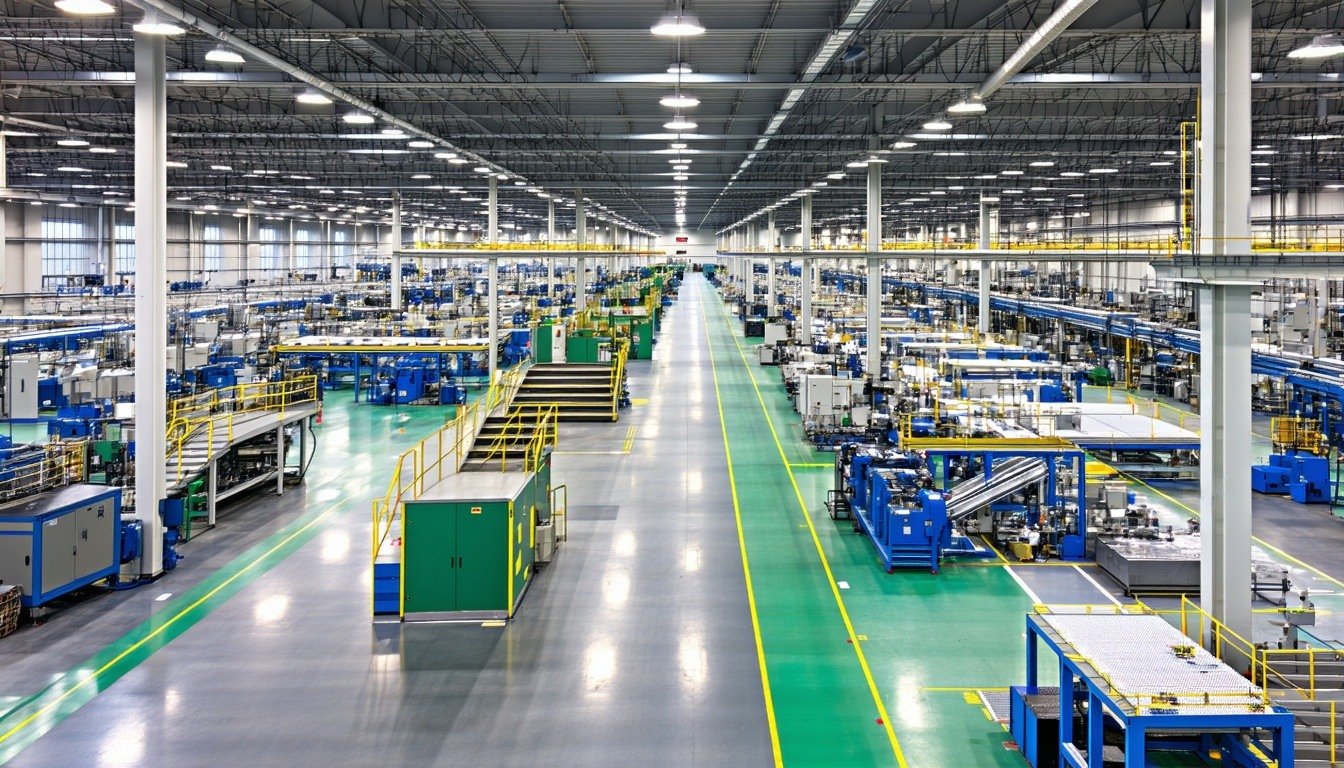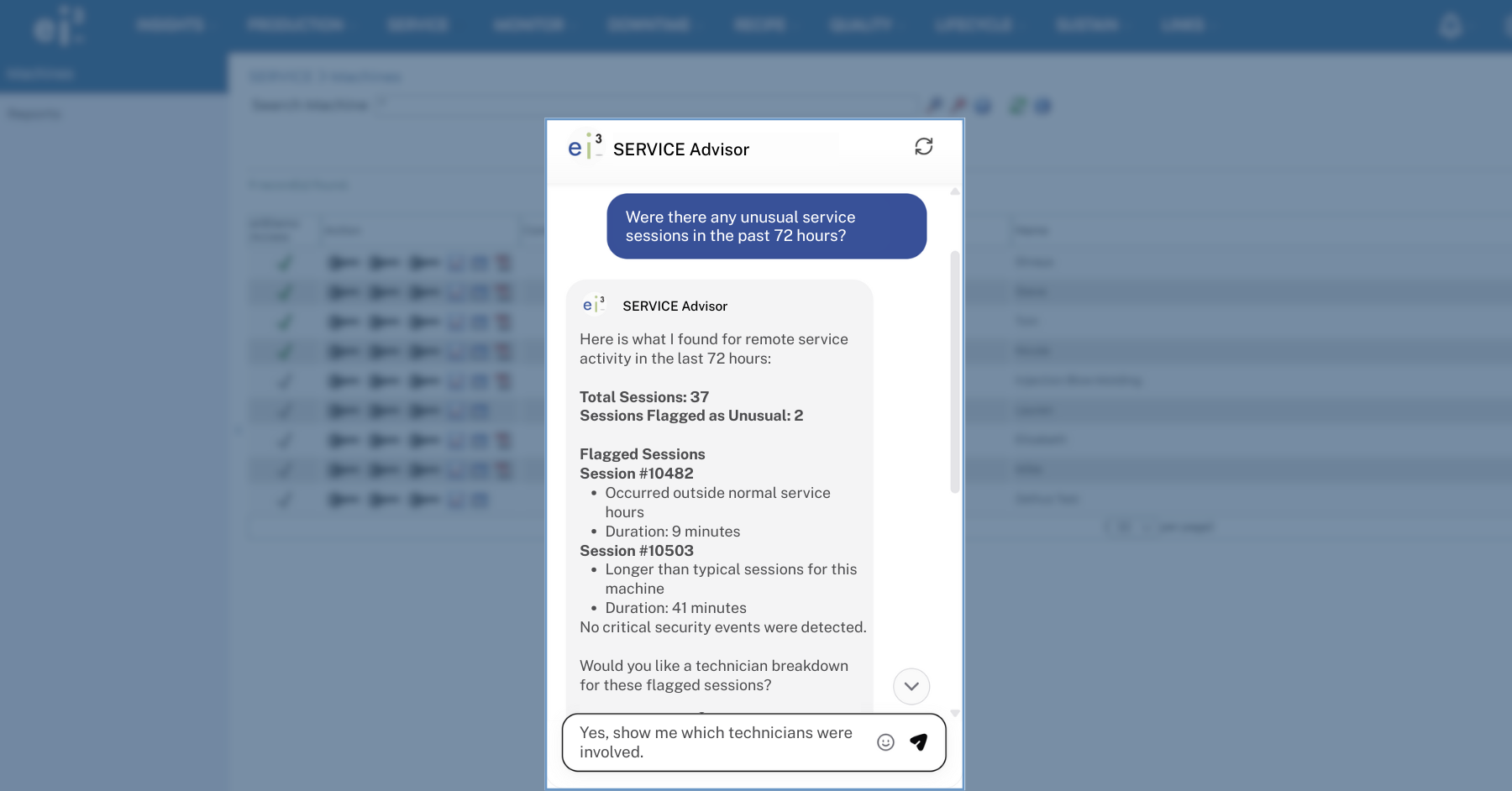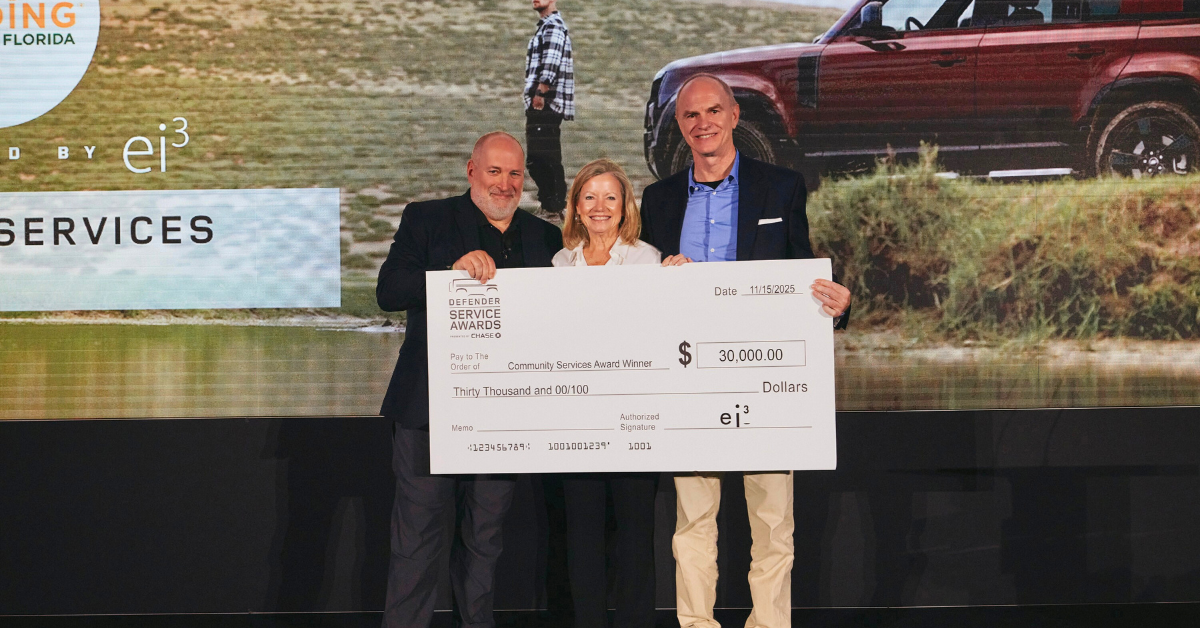The biggest hurdle for most manufacturing and processing facilities isn't accepting the idea that connected devices and systems can improve operations and business performance. It's the question of how to implement the necessary technologies and procedures within an existing facility populated with systems that pre-date the Industrial Internet of Things (IIoT) and Industry 4.0 concepts.
To help companies better understand how to facilitate this change within their existing plants, Spencer Cramer, CEO, ei3 Corp. (a provider of IoT platform technology) and John Kowal, director, business development, B&R Industrial Automation (an automation hardware and software supplier) have authored a white paper for the Industrial Internet Consortium that explains how a concept from the 1970s can be successfully applied today.
The Focused Factory concept
The Focused Factory revolves around the idea of creating a factory within a factory. It is a greenfield operation comprised of full-scale manufacturing systems, lines, and/or cells that are intended to be used in production indefinitely. The equipment, tooling and operational and information technologies in this Focused Factory should be new, up-to-date technology.
Cramer and Kowal note that with a well-defined scope, this project becomes "a manageable, measurable proof-of-concept project that pays for itself before scaling up."
Though it may sound like a pilot project, that title does not fully describe the Focused Factory. This approach creates an IIoT "green patch" in a brownfield plant that delivers real production value while serving as a proving ground for new technologies.
Key criteria for successful IIoT green patch projects
In their white paper, Cramer and Kowal list several criteria for creating an IoT green patch project:
- Encompass a new product line or process that requires capital expenditure (capex) investment, providing a built-in cost justification
- Focus on high value, complex products where IIoT can make a significant dollar impact on yield
- Target applications that benefit from flexibility, e.g., high variability/low volume, batch-of-one manufacturing with short lead times and/or anticipated product modifications and options
- Choose operations where maximum uptime is essential and that will benefit from predictive maintenance
- Maintain manageable scope with a production line or cell that can effectively be self-contained and operate independently from the rest of the factory
- Create appropriate isolation by leveraging an MES or ERP system hosted on premise to eliminate IT security issues and develop a flattened IIoT network hierarchy
Measuring success in the green patch
To provide success metrics for this green patch, Cramer and Kowal suggest using Overall Equipment Effectiveness (OEE) and Total Productive Maintenance (TPM).
"The green patch can be used to redefine a consistent OEE metric moving forward, for how and what to measure, analyze and optimize in the green patch, and therefore serve as a framework for OEE future process improvements without impacting existing operations."
In this green patch scenario, TPM is seen as a way to leverage OEE data to improve the operation of machines and lines. As Cramer and Kowal note, "TPM is used here as an example of what to do with analytics once you have the data and you've analyzed it."
Expanded applications for TPM in a connected environment
In an IIoT-enabled green patch application, process optimization using TPM can address far more factors than it has historically been used for because more conditions can be monitored more effectively in a connected IIoT environment.
New applications for TPM in a green patch include assessment of:
- Material variations: Differences in material lots, material deformation and recycled content
- Environmental factors: Ambient temperature, humidity and contaminants
- Process conditions: Heat buildup, ramp-up/down to/from optimum line speed, mechanical wear, inconsistencies in
electrical and compressed air supply - Human factors: Operation, lubrication, cleaning and improper use of e-stops
- Logistical issues: Parts replenishment, coding system ink level, tooling and change part availability
By creating a focused IIoT implementation within an existing facility, manufacturers can gain the benefits of connected systems while minimizing disruption to ongoing operations. The green patch approach provides a practical path to digital transformation without requiring wholesale replacement of existing equipment.
This information is derived from the white paper "A Practical Way to Get Started in Manufacturing IIoT: Cultivate a 'Green Patch' in Your Brownfield" by John Kowal, B&R Automation and Spencer Cramer, ei3 Corporation for the Industrial Internet Consortium.





